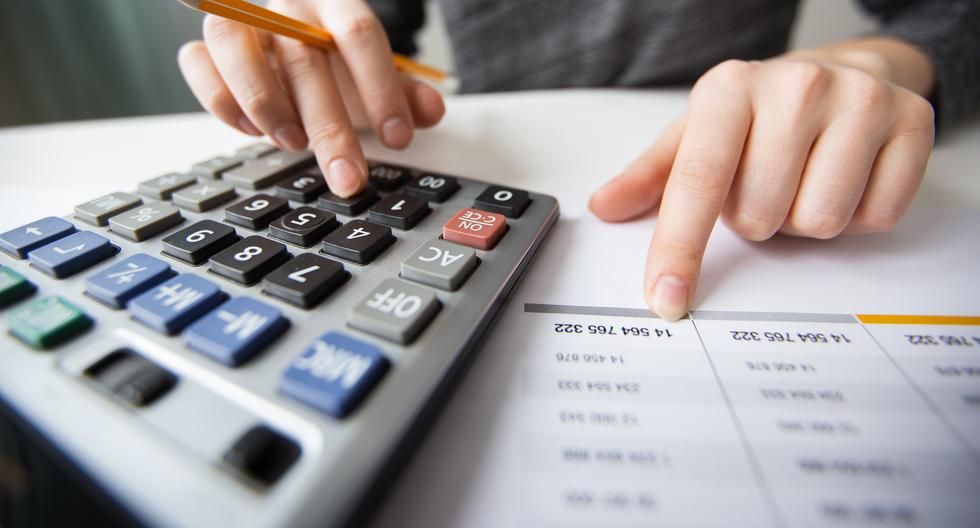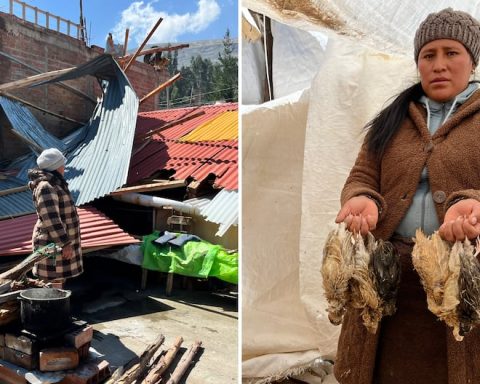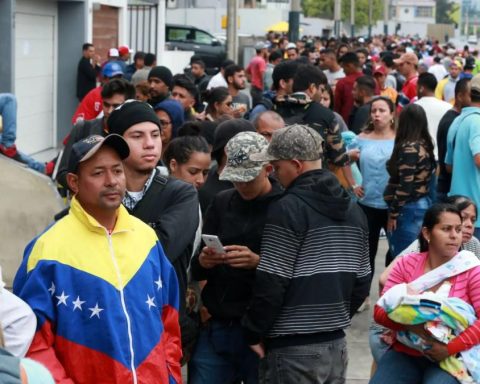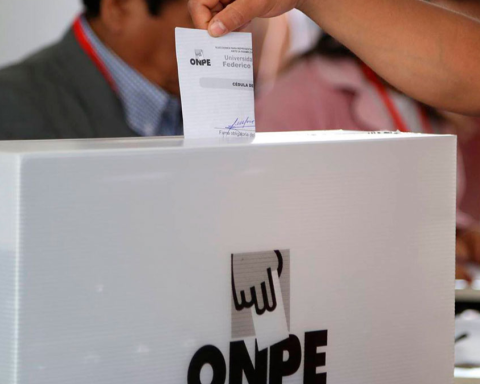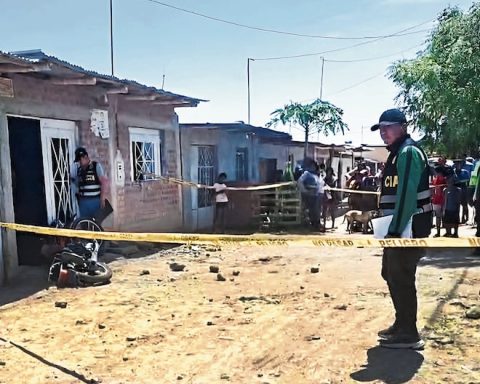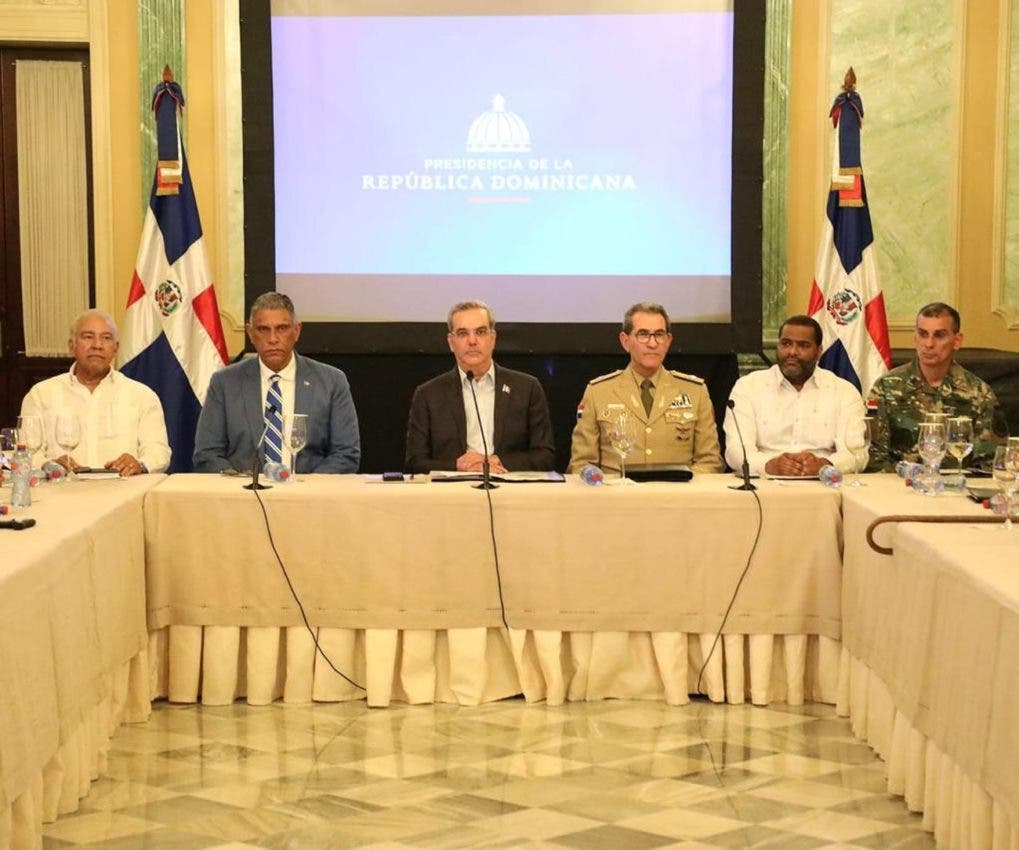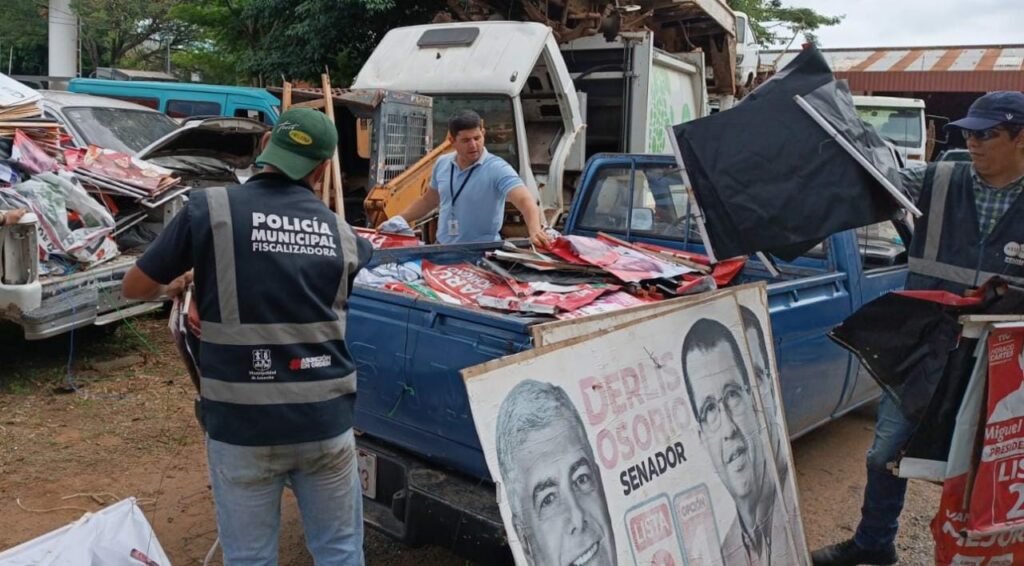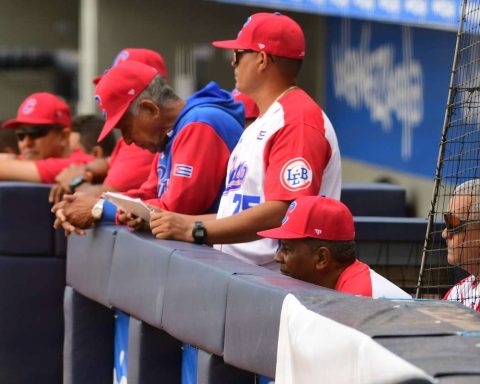14% of Peruvian women reached an optimal level of financial inclusion2 percentage points more than the previous year (12%), reports the study Gender Gaps in Financial Inclusion 2022 by Credicorp. According to the research, the gender gap in financial inclusion in Peru remained at 7 percentage points for the second consecutive year, since on this occasion 21% of men registered an achieved level of financial inclusion, compared to 19% reached in the last year. previous evaluation.
At the regional level, Peru is in the penultimate position in the ranking with the highest percentage of women adequately included in the financial system. Panama (37%), Chile (36%), Argentina (28%), Ecuador (25%), Colombia (23%) and Mexico (22%) precede it, and it only surpasses Bolivia (11%). A person who reaches the achieved level of financial inclusion has access to various products and services of the formal financial system, uses them efficiently, and generates an informed, healthy, and positive relationship with the financial system. Additionally, there is an acceptable degree of confidence in it.
The study of gender gaps stems from the Credicorp Financial Inclusion Index, carried out by Ipsos, to measure this front from three dimensions: access, use and perceived quality of the formal financial system. The research is carried out in eight countries of the region and, additionally, considers an intersectional analysis to identify the differences that are registered between women according to demographic variables, such as age, occupation and socioeconomic level, among others.
LOOK: #EmpresasQueTranforman: Three financial inclusion initiatives to transform Peru
Gaps in Peru
Silvia Noriega, Credicorp’s Sustainability Manager, highlights that the study has made it possible to identify that in Peru there are gender gaps in almost all financial inclusion indicators, both in access, use and perceived quality.
In the Access dimension, 29% of Peruvian men have a savings account not linked to a debit card, while 24% of women have one. Likewise, the difference is greater when looking at the possession of debit cards (37% of men and 28% of women), mobile wallets (36% men and 31% women), and credit cards (17% men and women). women 13%). Regarding Use, Peruvian men carry out, on average, 5 financial transactions per month, while Peruvian women only carry out 3.5 transactions. Likewise, in Perceived Quality, Peruvians say they have greater confidence in the financial system than women: 29% vs. 25%.
Silvia Noriega, Credicorp Sustainability Manager
According to the intersectional analysis of the study, the Peruvian women most included in the financial system are those under 43 years of age, inhabitants of urban areas, who have access to the Internet and have higher education. Thus, Peruvians living in urban areas (31%) have a debit card, while those living in rural areas reach half: 16%. The difference is much more marked in terms of use, since Peruvians living in urban areas make an average of 4.23 transactions per month and those who live in rural areas barely reach an average of 0.55 monthly transactions on average.
“These results remind us of the need to join efforts between the State, the financial industry and academia to continue promoting financial inclusion in Peru. Today we are clearer that an efficient way to amplify financial services is to bet on digital products, since the ease of decentralizing them is enormous.”, Noriega maintains. He also highlights that digital wallets are increasingly being adopted by people and have become the second channel used to pay for basic purchases (food, personal and household products, among others). According to the study, one in three Peruvians has and uses a mobile wallet, and compared to 2021, the number of women with a product of this type doubled, going from 16% to 31%.
On the other hand, 29% of Peruvian women between the ages of 26 and 42 have a savings account and only 18% of those over 43 have one. For their part, women between the ages of 18 and 25 make an average of 5.40 transactions per month, while those over 43 only make 1.84 transactions per month.
Similarly, educational level and internet access are key to financial inclusion. Peruvians who have a postgraduate degree (17.12 transactions) and a university education (8.50) use many more financial products per month than those who have no education (0 products) or have primary education (0.28 products). Those with internet use these products 4.73 times a month, while those that are not connected to the internet barely carry out an average of 0.33 transactions per month. An example of the positive relationship of digitalization with the financial inclusion of women is reflected in the fact that, of the two million people included in the financial system in the last two years through Yape, the most important mobile wallet in Peru, the 46% are women.
No credit gaps
In Peru, both men and women have almost the same level of access to credit in the formal system: 28% of men say they have formal credit, while 27% of women say they have one. This could be explained by the large number of female businesses and the role of women in microfinance.
Noriega refers that the Group works to help create more inclusive and sustainable economies. She recalls that, in recent years, Credicorp has offered products aimed at women to more than 190,000 entrepreneurs through Crédito Mujer from Mibanco Peru and Mujeres Pa’lante from Mibanco Colombia. Likewise, more than 80,000 female entrepreneurs have been trained with tools to better manage their businesses.
Financial inclusion in the region
In Latin America, the financial inclusion of women more than doubled in one year, from 11% of women with an achieved level of financial inclusion in 2021 to 23% in 2022. In the case of men, 28% reached this level, compared to 21% in 2021. In that sense, the gender gap was reduced from 10% to 5% in one year. Although the reduction of gaps represents a notable advance, only 2 out of 10 women in the region are fully included in the financial system. One of the great challenges in the region is the use of financial products and services, a dimension in which women in the region have worse results compared to 2021.
RECOMMENDED VIDEOS
:quality(75)/cdn.jwplayer.com/v2/media/03GZaXT4/poster.jpg)
